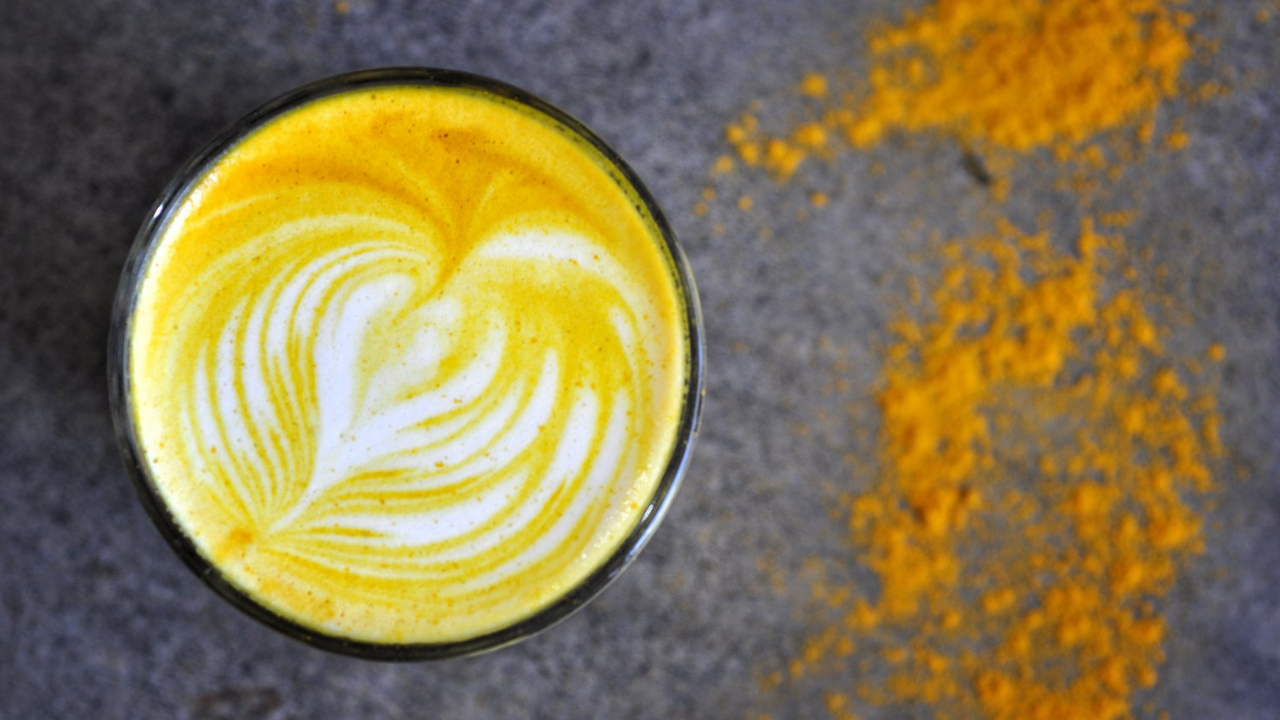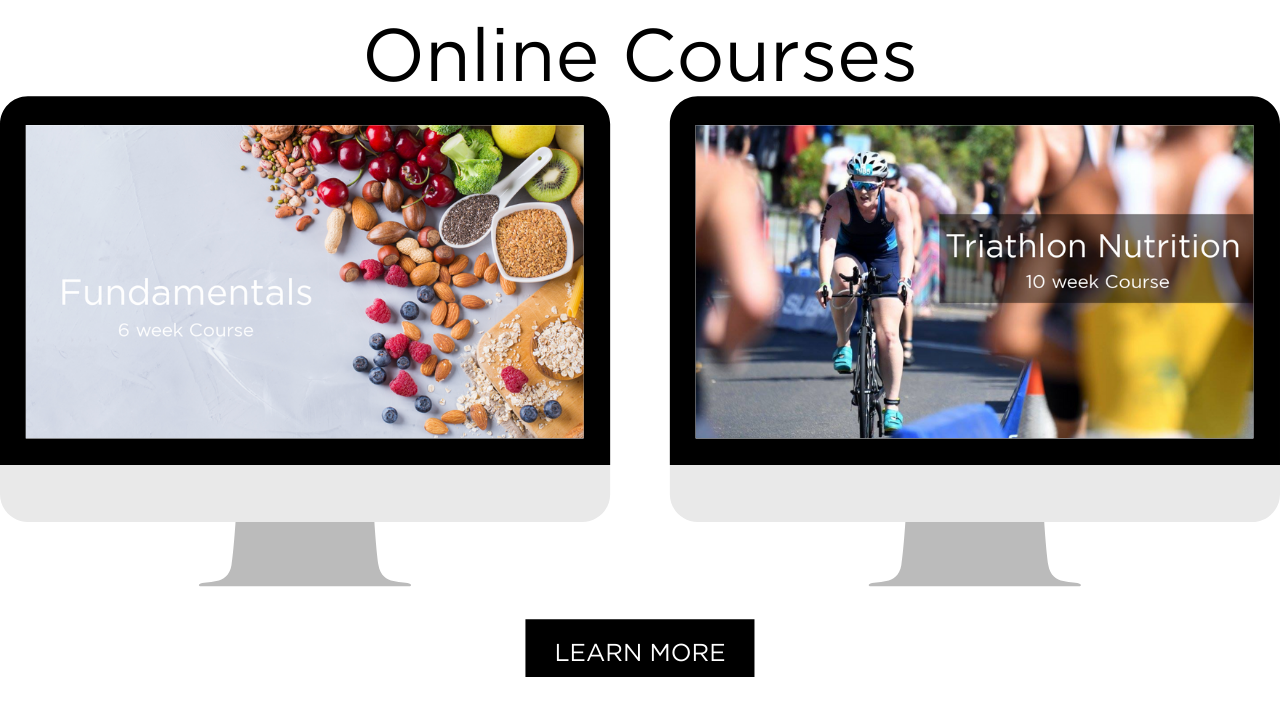Turmeric – the next big sports nutrition supplement?

As the Turmeric latte surges to the front of the trend list, what is it about this spice that’s causing all the hype? We take a look at what it is, the potential benefits and how to include it in your diet.
Why the hype?
Turmeric is a golden yellow spice that has been used for centuries in Indian cooking. Turmeric contains the bioactive compound Curcumin, which has strong antioxidant and anti-inflammatory properties. It’s claimed to have a positive effect on heart disease, irritable bowel syndrome, diabetes, arthritis, depression, anxiety, Alzheimer’s disease, colorectal cancer and many other conditions. Be mindful though that research for these benefits has been done in vitro (in a petri dish) or in animal models (mostly rats) which is difficult to extrapolate to humans. The research in humans is limited and more trials are needed.
How much Turmeric and Curcumin may benefit?
It’s not as simple as adding a little turmeric to your latte or smoothie. Curcumin makes up <5% of turmeric. In its naturally occurring state, curcumin has very low bioavailability in humans (i.e. it’s poorly absorbed). Partly due to its low intestinal absorption and partly due to its rapid metabolism. Based on research to date, oral supplementation in the range of 80-500mg is likely to be required, however, studies have shown doses as high as 8000mg being insufficient to increase levels of curcumin in the blood (1, 2, 3). The jury is still out on exactly how much curcumin and in what form is required to reap the benefits.
Increasing Curcumin bioavailability
Laboratory testing is currently underway to explore better ways to take curcumin so that it’s more bioavailable, absorbed better and delivered directly to the required tissue. Taken orally, it seems to stay in our digestive system and pass through without being absorbed into the bloodstream.
It is possible to enhance curcumin absorption by combining it with piperine, a black pepper extract. One study found that 20mg of piperine paired with 2000mg of curcumin increased curcumin bioavailability by 2000% (4).
Curcumin is also fat-soluble so it’s possible to increase absorption by consuming with fat-soluble components e.g. oils or traditionally gum ghatti. There is also current research occurring to produce water-soluble curcumin supplements.
Curcumin – the next big sports nutrition supplement
In the sports nutrition space – it has been suggested that Curcumin supplementation may acutely blunt DOMS (delayed onset muscle soreness), improve tendon healing and play an anti-inflammatory role in tendinopathy. Preliminary studies, however (5, 6, 7) have failed to show a statistically significant difference between curcumin supplementation and placebo groups. There are a number of reasons why (small sample size, curcumin dose and bioavailability, fitness level of participants) and further work is required to develop appropriate protocols for athletes.
Is there any risk associated with supplementing curcumin?
Due to its low bioavailability and low concentration in turmeric, it is unlikely that you can overconsume curcumin in its naturally occurring form. However, supplementation has shown side effects when taken in higher doses.
Curcumin has potential interactions with antiplatelet and anticoagulant medications, nonsteroidal anti-inflammatories, salicylates, and thrombolytic agents which may cause bleeding. Taken on an empty stomach, especially in high doses, it may cause nausea and diarrhoea. The safety of curcumin supplements during pregnancy and lactation is also not established. As with any supplement, speak to your doctor or sports dietitian to see if it is suitable for you.
Take home message
Watch this space. Curcumin potentially has some benefit but it’s not a miracle spice that will cure the qualms of the world. There’s no harm in using it in a normal dose – but be careful with a high dose supplement until we know more.
Tips to include more turmeric in your diet
- Sprinkle on your oats: this works well with the flavours of coconut milk in particular
- Add to a smoothie or juice
- Stir through scrambled eggs, it takes a mild, interesting flavour and gives it a beautiful colour
- Add to rice during cooking
- Add to mince mixes: whether it’s burger patties or cottage pie, a little spice will brighten the flavour
- Soups, casseroles and stews: a curry is not a curry without turmeric, but you can add a mild Indian flavour to soups, casseroles and stews with a little turmeric
- Sprinkle on roast vegetables, particularly root vegetables such as potato, parsnip and sweet potato
- Spice up your salads with a pinch in your salad dressing. This works well with lemon-based dressings
References:
(1) Lao, C.D., Ruffin, M.T., Normolle, D., Heath, D.D., Murray, S.I., Bailey, J.M., Boggs, M.E., Crowell, J., Rock, C.L. and Brenner, D.E. (2006) BMC Complementary and Alternative Medicine, 6(1), p. 10. doi: 10.1186/1472-6882-6-10.
(2) Cheng, A.L., Hsu, C.H., Lin, J.K., Hsu, M.M., Ho, Y.F., Shen, T.S., Ko, J.Y. and Lin, J.T. (2001) ‘Phase I clinical trial of curcumin, a chemopreventive agent, in patients with high-risk or pre-malignant lesions’, Anticancer Research, 21(4B), pp. 2895–2900.
(3) Dhillon, N., Aggarwal, B.B., Newman, R.A., Wolff, R.A., Kunnumakkara, A.B., Abbruzzese, J.L., Ng, C.S., Badmaev, V. and Kurzrock, R. (2008) ‘Phase II trial of Curcumin in patients with advanced Pancreatic cancer’, Clinical Cancer Research, 14(14), pp. 4491–4499. doi: 10.1158/1078-0432.ccr-08-0024.
(4) Shoba, G., Joy, D., Joseph, T., Majeed, M., Rajendran, R. and Srinivas, P. (1998) ‘Influence of Piperine on the Pharmacokinetics of Curcumin in animals and human volunteers’, Planta Medica, 64(04), pp. 353–356. doi: 10.1055/s-2006-957450.
(5) McFarlin, B.K., Venable, A.S., Henning, A.L., Sampson, J.N.B., Pennel, K., Vingren, J.L. and Hill, D.W. (2016) ‘Reduced inflammatory and muscle damage biomarkers following oral supplementation with bioavailable curcumin’, BBA Clinical, 5, pp. 72–78. doi: 10.1016/j.bbacli.2016.02.003.
(6) Tanabe, Y., Maeda, S., Akazawa, N., Zempo-Miyaki, A., Choi, Y., Ra, S.-G., Imaizumi, A., Otsuka, Y. and Nosaka, K. (2015) ‘Attenuation of indirect markers of eccentric exercise-induced muscle damage by curcumin’, European Journal of Applied Physiology, 115(9), pp. 1949–1957. doi: 10.1007/s00421-015-3170-4.
(7) Drobnic, F., Riera, J., Appendino, G., Togni, S., Franceschi, F., Valle, X., Pons, A. and Tur, J. (2014) ‘Reduction of delayed onset muscle soreness by a novel curcumin delivery system (Meriva®): A randomised, placebo-controlled trial’, Journal of the International Society of Sports Nutrition, 11(1), p. 31. doi: 10.1186/1550-2783-11-31.
If you need help with your nutrition, here's how you can work with me 1 on 1.
If you're looking for a more cost-effective option, here's how you can get started NOW with one of my online courses
Tags: anti-inflammatory, Brisbane Sports Dietitian, curcumin, Dietitian Approved, Dietitian Brisbane, Sports Dietitian, Sports Dietitian Brisbane, sports nutrition, sports supplements, turmeric, turmeric latte




